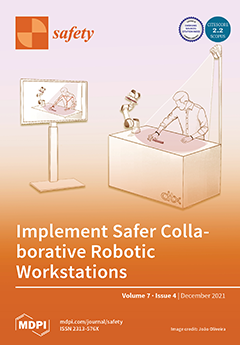In organic agriculture, synthetic pesticides and treatments are substituted by natural remedies with interesting success for product yield and environmental outcomes, but the safety of these bio-based products needs to be assessed in vertebrate and human models. Therefore, in this paper we assessed
[...] Read more.
In organic agriculture, synthetic pesticides and treatments are substituted by natural remedies with interesting success for product yield and environmental outcomes, but the safety of these bio-based products needs to be assessed in vertebrate and human models. Therefore, in this paper we assessed the safety profile of sweet chestnut (
Castanea sativa) wood distillate (WD) on the different cellular components of tissues implied in transcutaneous absorption. We investigated the viability of different cell lines mimicking the skin (HaCaT keratinocytes), mucosa (A431), connective (normal human dermal fibroblasts, NHDF) and vascular (human umbilical vein endothelial cells, HUVEC) tissues after exposure to increasing concentrations (0.04–0.5%,
v/
v, corresponding to 1:2800–1:200 dilutions) of WD. A short exposure to increasing doses of WD was well tolerated up to the highest concentration. Instead, following a prolonged treatment, a concentration dependent cytotoxic effect was observed. Notably, a different behavior was found with the various cell lines, with higher sensitivity to cytotoxicity by the cells with higher proliferation rate and reduced doubling time (human keratinocytes). Moreover, to exclude an inflammatory effect at the not cytotoxic WD concentrations, the expression of the main inducible markers of inflammation, cyclooxygenase-2 (COX-2) and microsomal prostaglandin E synthase-1 (mPGES-1), were assessed, and no improvement was found both after brief and prolonged exposure. In conclusion, our data exclude any inflammatory and cytotoxic effect at the lowest WD concentrations, namely 0.07% and 0.04%, mimicking some recommended dilutions of the product and the potential exposure doses for the operators in agriculture. Nevertheless, higher concentrations showed a safe profile for short time usage, but caution should be used by farmers following persistent product exposure.
Full article





